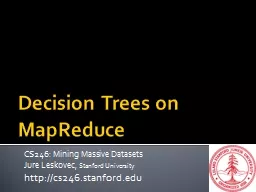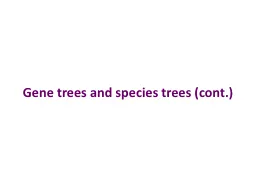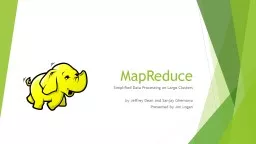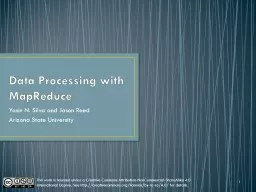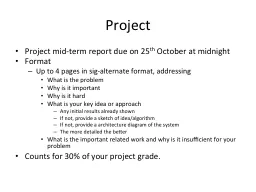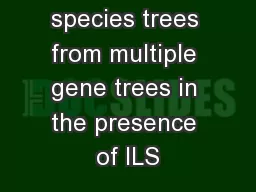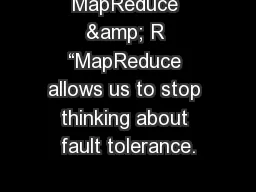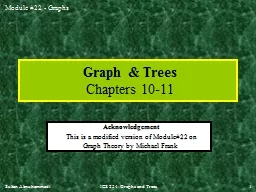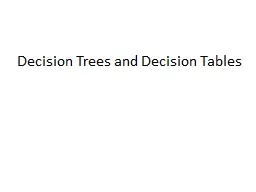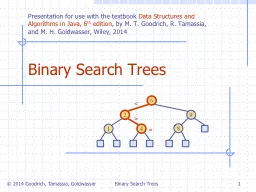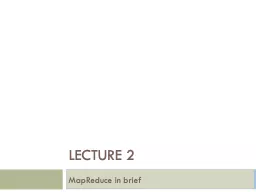PPT-Decision Trees on MapReduce
Author : lindy-dunigan | Published Date : 2019-11-08
Decision Trees on MapReduce CS246 Mining Massive Datasets Jure Leskovec Stanford University httpcs246stanfordedu Decision Tree Learning Give one attribute eg lifespan
Presentation Embed Code
Download Presentation
Download Presentation The PPT/PDF document "Decision Trees on MapReduce" is the property of its rightful owner. Permission is granted to download and print the materials on this website for personal, non-commercial use only, and to display it on your personal computer provided you do not modify the materials and that you retain all copyright notices contained in the materials. By downloading content from our website, you accept the terms of this agreement.
Decision Trees on MapReduce: Transcript
Download Rules Of Document
"Decision Trees on MapReduce"The content belongs to its owner. You may download and print it for personal use, without modification, and keep all copyright notices. By downloading, you agree to these terms.
Related Documents

